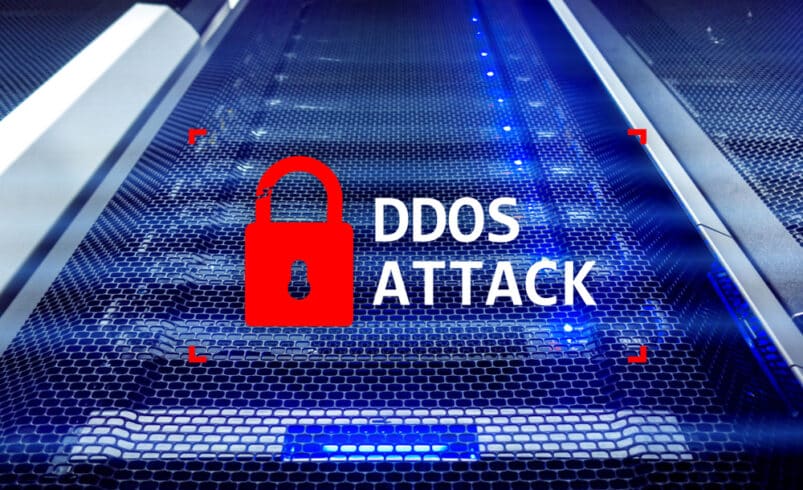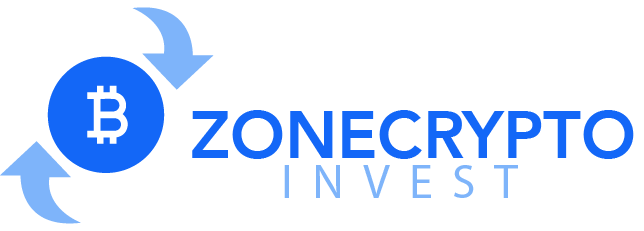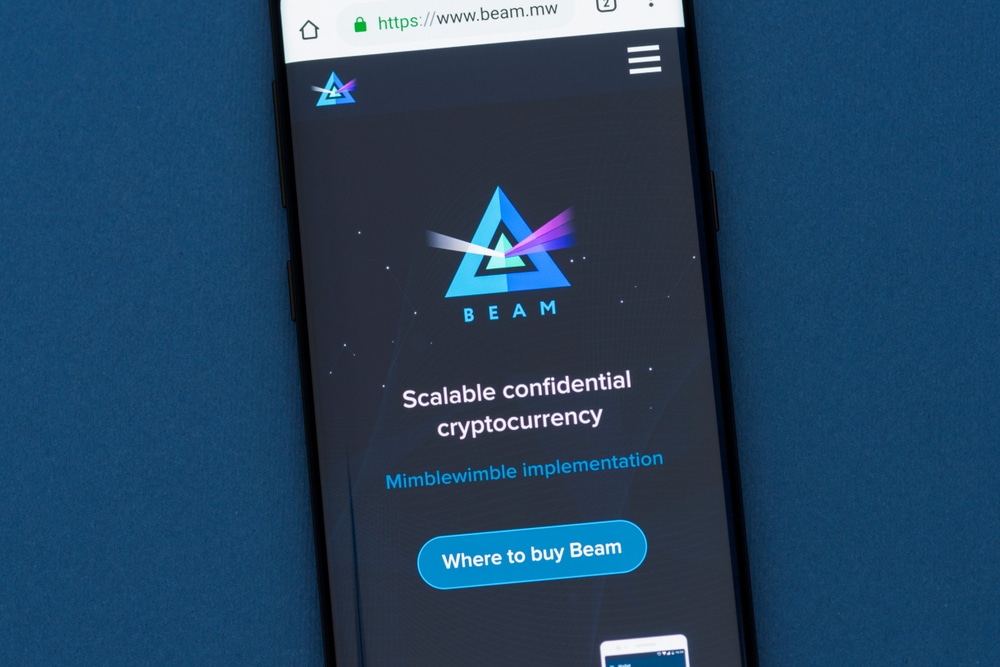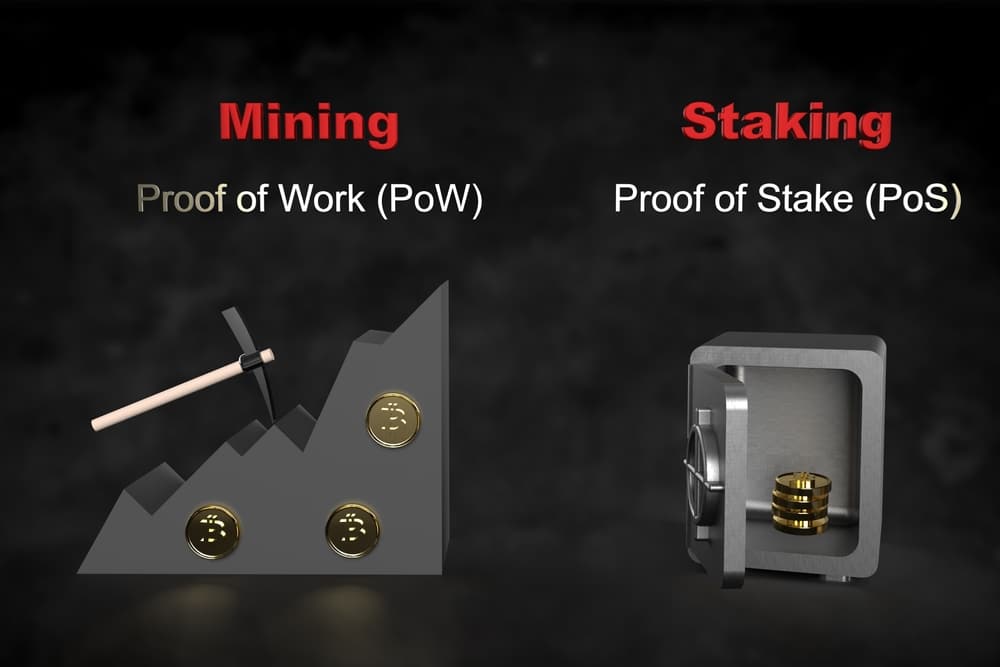Comprehensive Guide to Understanding DDoS Attacks and Their Impact on Crypto Exchanges

Crypto exchanges are vital to the blockchain ecosystem because they make digital assets liquid. In most cases, attackers target them.
When attacking exchanges, attackers’ modus operandi entails leveraging susceptibilities, such as obsolete security patches in exchange infrastructure. They also manipulate markets, interrupt operations, and extort ransom.
DDoS Attacks Explained
According to Cloudflare, network time protocol (NTP), simple service discovery protocol (SSPP), and application layer attacks were the primary sources of DDoS attacks. An SSDP attack portrays DDoS attack that leverages universal plug-and-play (UPnP) protocols involved in networking in an effort to fuel targeted traffic.
In an NTP attack, an attacker sends several small queries that evoke significant responses from various bots, increasing the traffic. An application layer attack is an attacker methodology focusing on the open systems interconnections (OSI) model’s layer.
DDoS Attacks Result in Node Failure
As miners or validators, nodes run the leading blockchain software on equipment strong enough to address the rigorous demand. Malevolent actors can stream a significant amount of junk data in a DDoS attack, exhausting the node’s processing power and memory.
The failure of a node because of an attack will boost pressure on the rest of the other nodes in the network. Blockchain networks are a merger of nodes in which every receiving node monitors the blockchain’s state and broadcasts data concerning transactions to other nodes.
Flooding of deceitful transactions detrimentally impacts the node’s architecture, pulling the network or slowing it down.
Averting DDoS Attacks on Blockchain Networks
Various measures are needed at the network and node levels to safeguard blockchain networks from DDoS attacks. Examples are described below:
Network level protection
Implementing defense mechanisms at the network level is critical to protecting a blockchain network. Firewalls and intrusion detection/prevention systems (IDS/IPS) are essential in spotting and minimizing the effects of DDoS attacks.
Content delivery networks (CDNs) are vital in scattering and absorbing attack traffic.
Node-level security measures
Nodes must possess sufficient bandwidth and processing power to repel attacks by DDoS. Robust access controls and verification ad in safeguarding network nodes.
Turing, a fully automated public test, is vital in enabling genuine users to send transaction requests and safeguards bots from penetrating the network. Load balancing aids in splitting traffic and reducing the impact of node-level attacks.
Audits
A comprehensive audit of the different aspects of blockchain is vital in identifying and fixing susceptibilities. This must entail assessing smart contracts, authenticating consensus algorithms, and evaluating the integrity of the blockchain’s data structure.
Fault tolerance in consensus mechanisms must be robust enough to prevent attacks. Regularly improving the code is critical to boosting security and keeping attackers at bay.
Stress testing
Systems and networks must regularly execute stress tests on blockchain protocols to assess their capability to endure DDoS attacks. This will allow timely detection of possible susceptibilities, patching of the network infrastructure, and improvement of defense mechanisms.
Final Thoughts
Blockchain protocols and decentralized applications should have redundant network infrastructure and backup servers to ensure the system’s functionality even when under attack. Nodes across several geographical locations can fight off DDoS attacks restricted to particular regions.
Zone Crypto Invest provides exposure for numerous crypto businesses, and we invite you to join our community! Connect with us through our Telegram chat for any questions. Given the volatile nature of cryptocurrencies, always conduct thorough research before investing. Many articles on our website are sourced from guest writers or are paid content, and they might not reflect the views of Zone Crypto Invest's internal team. The opinions in these pieces may not always coincide with Zone Crypto Invest's stance. We do not vouch for the accuracy, quality, promotions, or any other aspects showcased on our platform. Please refer to our detailed terms of service and disclaimer for further information.








